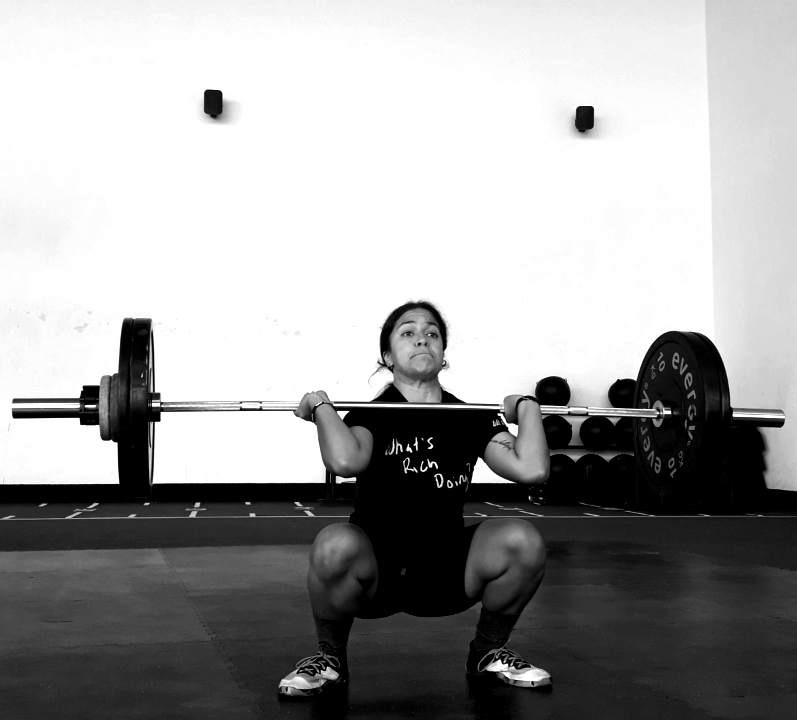Making the right decisions in competition

Soccer, wrestling, chess, etc… are all sports where your actions must interact with those of your rivals in order to succeed. CrossFit, however, is a sport that is entirely dependent on one’s performance. You have to outperform your competition; period.
This would lead one to believe that the decision-making process is a lot easier. All you should do is focus on your own performance, right? Not exactly. Competition has its complexities and this changes the environment in which decisions are to be made. An event in itself is filled with little decisions that lead up to a group of actions that must be in sync. There are many things to be considered.
- What is my strongest movement?
- What is my rival’s weakest point?
- Do I want to win the event or do I want to stay ahead of the athletes chasing me on the leaderboard?
These situations call for decisions so, naturally, some sort of strategy is involved. A competition is not just a sum of events, the same way a chipper is not just a sum of movements.
But the question still remains… how can you ensure efficient decision-making in the context of competition? The answer to that relies on two aspects underlying this process: attention and anticipation.
Attention: the ultimate eye-opener
Attention is where it happens. Generally speaking, attention may be goal-driven or stimuli-driven. In this context, it is preferred to maintain our focus on our goals rather than unexpected stimuli that may surface. Since our attentional resources are rather limited, our selective attention will make sure to highlight only the most relevant set of information – which may have an internal or external source –.
If we go for internal stimuli, we would keep focus on our movement patterns, breathing, automatic thoughts, rate of perceived exertion and so on. This information may be deemed irrelevant in invasion sports, but not for CrossFit. Certain events call for skills that you either have or you don’t (handstand walking over parallette bars, snatching 300 lbs or running a 5k in 20 minutes). Your placing in the event depends on nothing else but your performance. That’s why the whole of your attention must have an internal focus.
What happens in events where you don’t know what to expect from your performance? Nobody had ever touched the Pig, or the Snail in the CrossFit Games so where to put the focus? That’s when you must be flexible and divide your attention between the task and your competitors. You need to obtain as much information as you can from both sources.
Anticipate the problem to prepare the answer

Anticipation is one of the most necessary skills in invasion sports. The ability to foresee actions in our rivals or teammates will allow me to stay ahead of situations and choose the right decision. In CrossFit it is also helpful.
Rich Froning was one of the best when it came to anticipation. A life-time competing in many different sports and an innate ability to analyze behavior in competition, make him a very strategic athlete. Not only was he physically gifted, but he knew exactly how to play the field.
An example of this was the 21-15-9 Sprint Chipper in the 2013 CrossFit Games. 21 GHD situps with a medball, power snatches and burpees over a wall. Froning had been trading punches with Jason Khalipa all weekend and he needed to beat him on the remaining events. When they both reached the snatches, they were rep for rep just cranking them out. Froning said he knew Khalipa would drop the bar at a certain point so his plan was to hold on to the bar when he did, to get ahead. Anticipation gave him the edge on a very tight race and gained him 100 points.
…an extra tip
Experience is a valuable source of information and is carefully registered in our long-term memory. Resort to past experiences to further analyze your performance, detect problems and build ad-hoc solutions. You may be faced with similar situations in the future and you’ll be better prepared if you’ve already thought of a solution.
